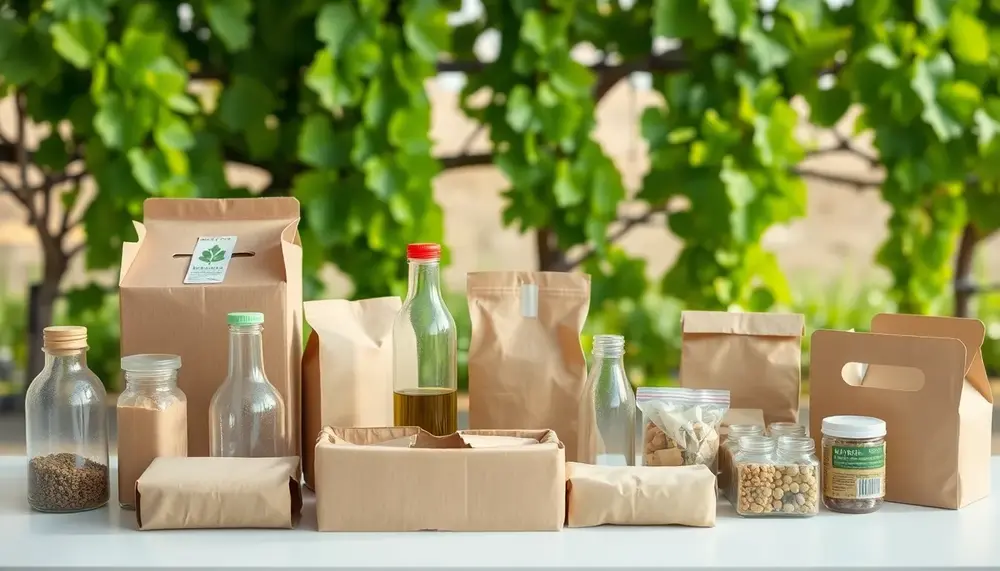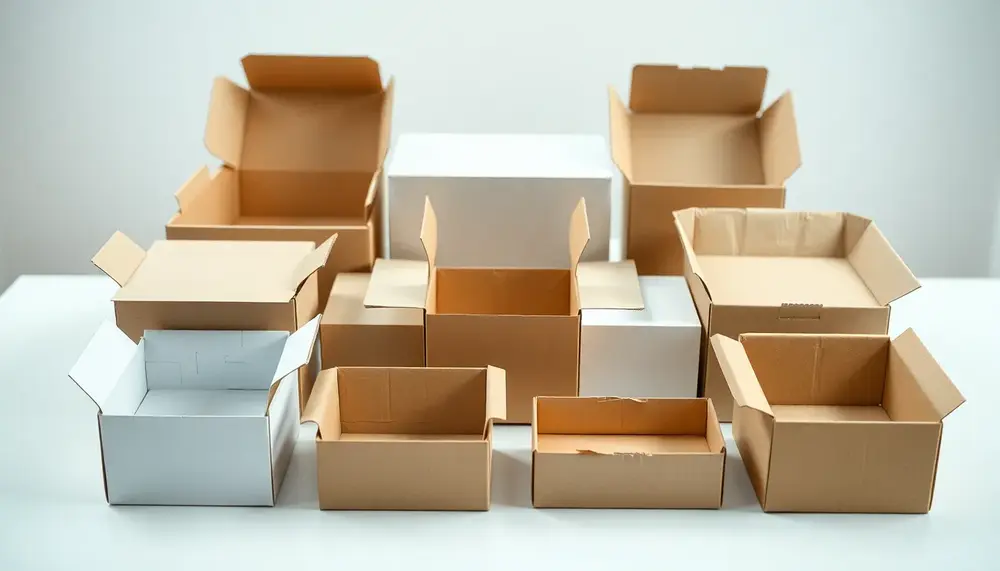Bag-in-box
Bag-in-box
Bag-in-box
The Bag-in-box is a popular packaging solution used for liquids and semi-liquids. It consists of a flexible bag inside a sturdy outer box. This design helps in easy storage and transportation.
Components of Bag-in-box
The Bag-in-box has two main parts: the inner bag and the outer box. The inner bag is made of food-grade plastic, ensuring the safety of the contents. The outer box is usually made of cardboard, providing protection and structure.
Advantages of Bag-in-box
One major advantage of the Bag-in-box is its efficiency. It reduces packaging waste and extends the shelf life of products. Additionally, it is lightweight and easy to handle, making it a favorite in the packaging industry.
Common Uses of Bag-in-box
The Bag-in-box is widely used for packaging beverages like wine, juice, and milk. It is also used for non-food items such as detergents and chemicals. Its versatility makes it a go-to choice for many industries.
Environmental Impact
The Bag-in-box is considered an eco-friendly option. It uses less plastic compared to traditional bottles and cans. The cardboard outer box is recyclable, adding to its environmental benefits.
Blog Posts with the term: Bag-in-box

The wine industry is leading sustainable packaging efforts by joining alliances that foster collaboration, innovation, and standardization to reduce environmental impact. Through these partnerships, wineries are adopting alternative materials like recycled PET bottles, paper-based containers, cans, bag-in-box formats, and reusable...

